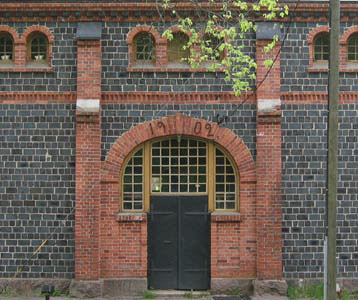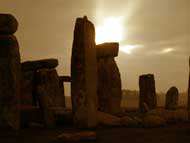Happy St. Lucia Day!

This young maiden dressed in white with a red sash and a wreath of candles on her head brings light to the northern darkness! I wrote about this Swedish-Finnish tradition a year ago, so if it’s new to you, please visit that post.
Finnish blogger-friend and writer Anna Amnell posted photos of the Santa Lucia parade in a rainy (!!) Helsinki. Note the girl with a crown of candles on her head representing Santa Lucia. Anna also wrote an article about Lucia that Finnish readers will enjoy.
Another blogger-friend Dave Bonta has a unique and beautiful view of the saint of light with some incredible photos of light patterns! Don’t miss this one.






